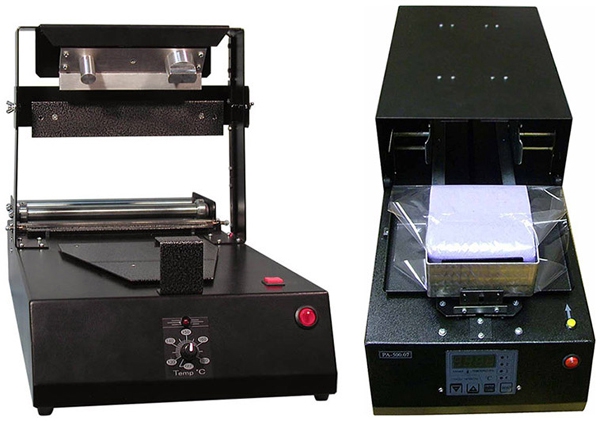Napkins - what could be simpler and more commonplace? They confidently entered our lives, becoming an item that is difficult to do without. Ease of use, low cost and a variety of species make wipes one of the most common hygiene items. The high consumption of this type of product makes it in demand, which means that manufacturing will bring a steady income. It is enough to choose the optimal equipment for the production of napkins.

Historical stages
The principle of manufacturing paper in the second century was developed by the Chinese. They determined the basis of the technology: grinding of raw materials, mass distribution, pressing and drying. Soon, paper began to be produced in Asia, and then in Europe. The process was only slightly automated in the 17th century, when the Dutch invented a grinding machine, and then at the beginning of the 19th century, the Frenchman Robert developed a method for continuously casting paper pulp onto a conveyor belt. Based on all these methods, the English brothers Fourdrigne created the first paper machine. Napkins began to be made in the 1920s and now they are confidently leading among personal care products.
Feedstock
Paper for napkin production It is made by special technology. The raw material is cellulose, waste paper or a mixture thereof. Product quality and cost depend on this. The feedstock is ground, steamed, bleached with chemicals. Printing paper is used to stain paper pulp.
To make the napkin thin, durable and hygroscopic, beat the liquid raw materials to the state of foam with a special mixer. The pulp is dried, pressed, then adhered to the steam drum for final drying, and then cut with a special blade. The resulting paper tape rolls into a roll of the required width - this is the basis for the production of napkins.

Hardware Description
The production line consists of several machines that carry out a full production cycle from raw materials to packaging.
The simplest units produce single-layer napkins in 4 additions with a size of 240x240 mm. The machine for the production of napkins can additionally be equipped with blocks that allow you to make various stampings, apply drawings or logos at the request of the customer. It should also have a finished product counter and a paper break sensor. Some manufacturers offer equipment for the production of European-size napkins 330x330 mm.
The production line is fully automated. A bobbin with a base paper at the beginning of the flow at the exit gives out stacks of finished and recounted napkins.
Machine nodes:
- unwinding drum with a bobbin of base paper;
- a tape drive mechanism that folds the paper in half during unwinding;
- a printing module with a drying device is installed when it is necessary to apply a drawing or logo;
- volume embossing rollers perform two functions at once: embossing and final folding of napkins in the transverse direction - the stack is double width;
- a vertical knife cuts in half, forming two finished stacks of products.

The packaging machine not only packs napkins into film, but also groups the packs into blocks.
The target audience
Before a suitable line for the production of napkins is purchased and assembled, raw materials are purchased, service personnel are selected, the main sales market should be determined.Since the sale to a specific consumer will not be of large scale, it is necessary to focus on wholesale buyers:
- universal stores, manufactured goods, supermarket chains;
- catering: from cafeterias to large restaurant chains;
- holiday homes, medical facilities and similar facilities;
- enterprises, including municipal ones, with catering units;
- stalls, markets, street stalls.
After conducting competent economic calculations and ensuring the optimal selection of an automatic line, it is quite possible to become leaders in this field of production. The main emphasis should be placed on customer satisfaction, high quality products, which is possible only with the operation of modern equipment.
